The Language of Lace
All clothes designed by Arijana Kajdic
Photography by Isabella Bejarano
Styling by Aubrey Kia
Words by Katarzyna Tarabula
With up to six collections released every year through the world’s top fashion houses, the words of the Greek philosopher Heraclitus could not be more accurate when it comes to legendary French lace manufacturer Sophie Hallette: “Change is the only constant.”
Yet, despite the company’s contributions to the constantly-evolving world of fashion, change hardly applies to the production of one precious fabric: Lace. Every stage of lace making, from threading to weaving and dyeing, is a time-tested technique done by hand at Sophie Hallette, one of the leading lace design and production firms in the world.
The company was founded in France in 1887 by Eugene Hallette, a true visionary who instilled the belief that quality always reigns over quantity. The company survived two World Wars, changing fashion trends, and the introduction of the European Union. The fact that the company is a family business helps preserve the rich traditions of lace making as well as the maintenance of the complex machines for new generations.
For Sophie Hallette, innovation is just as important as passing on traditions. The house produces 40 to 50 new designs every season, including avant-garde laces destined for the runway. Incorporating unusual yarns such as wool, linen or cords, is one of the many ways the company is responding to new fashion industry trends.
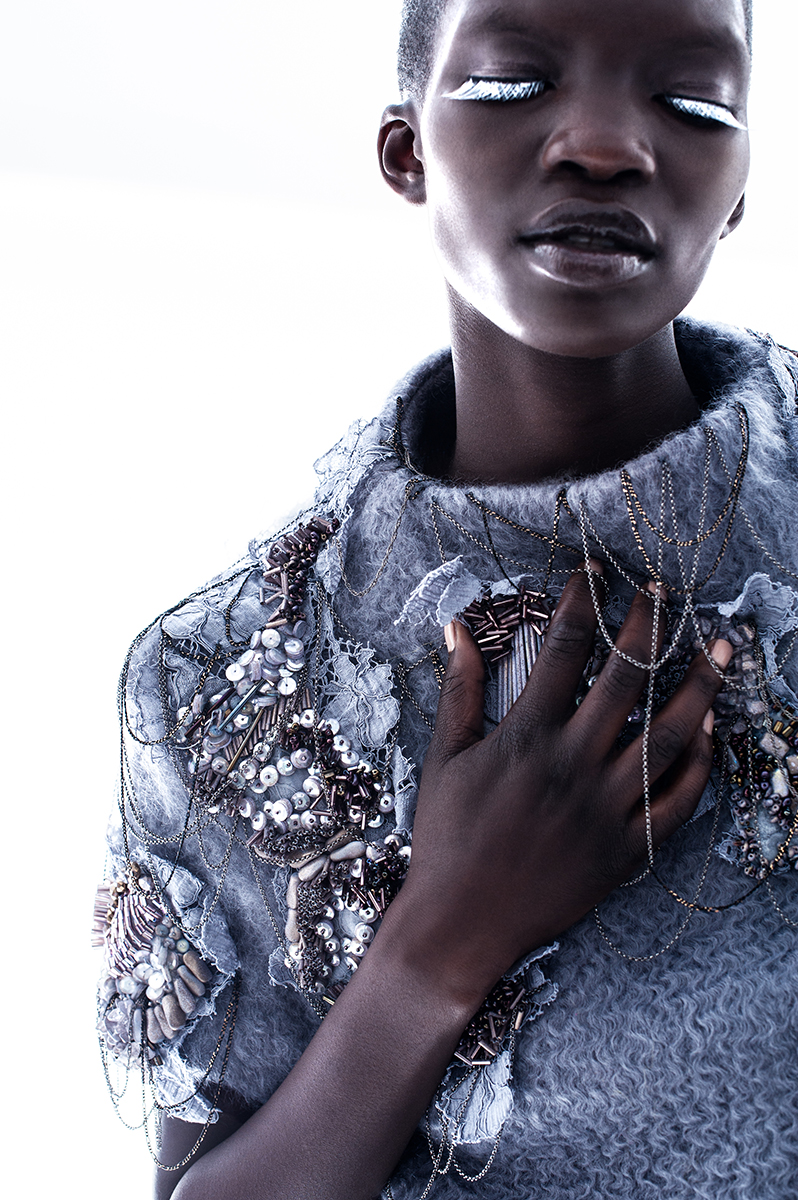
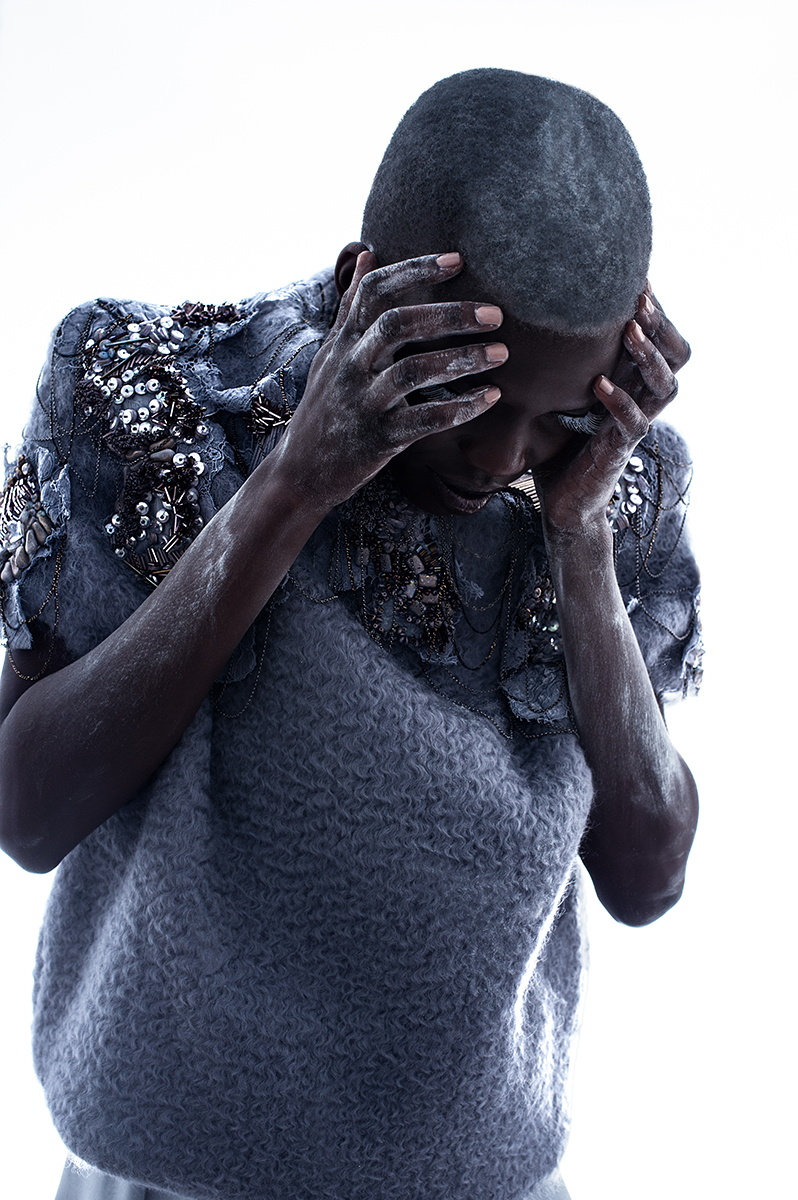

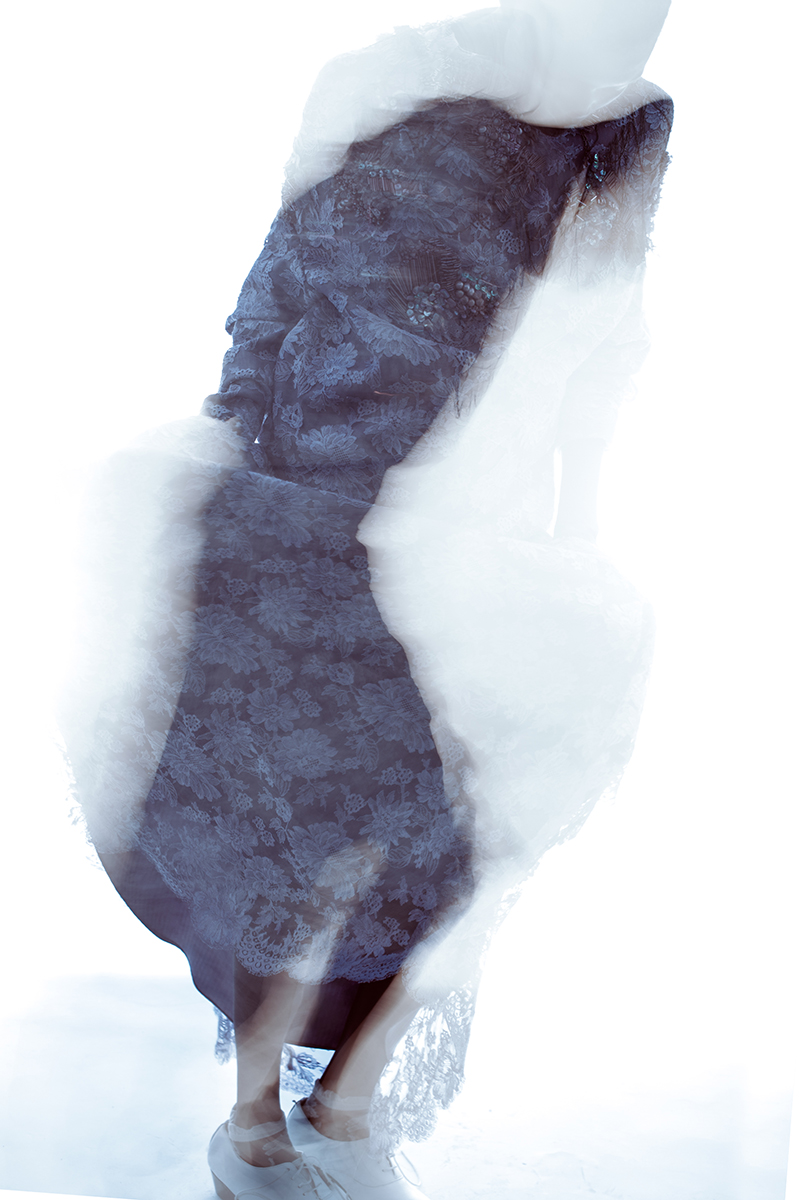
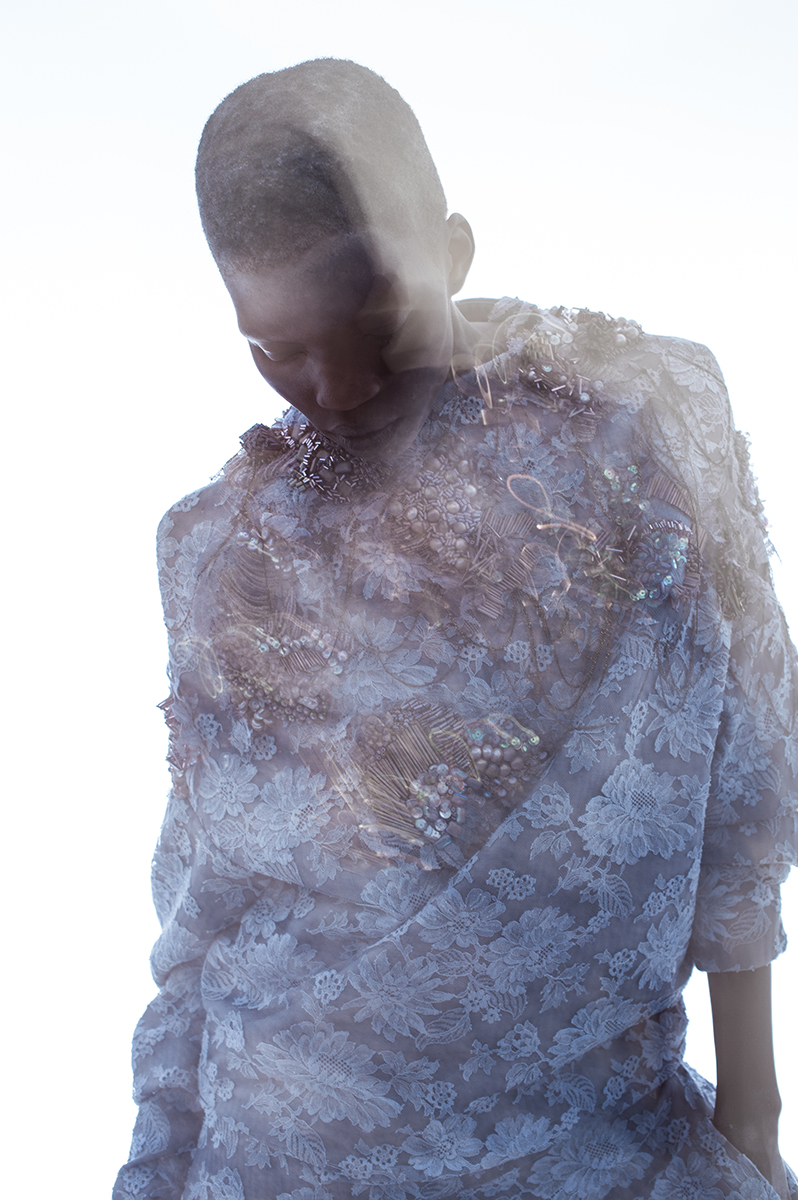
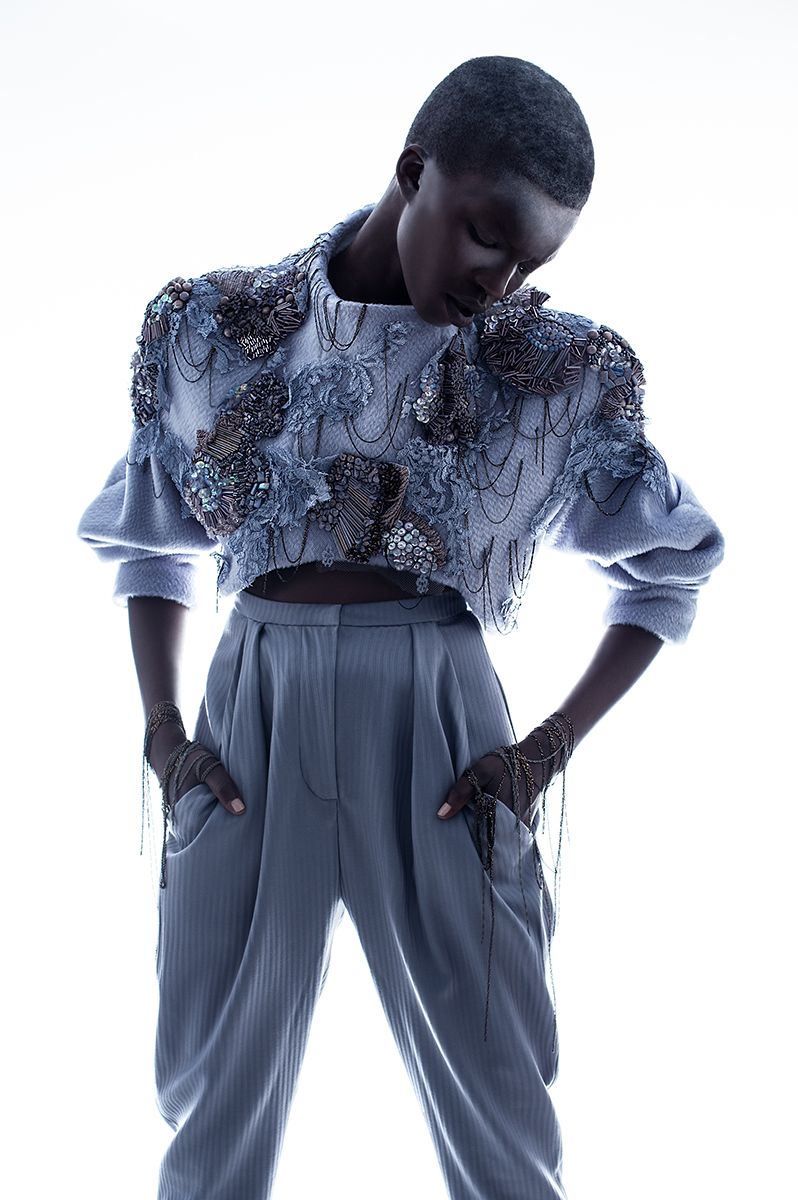

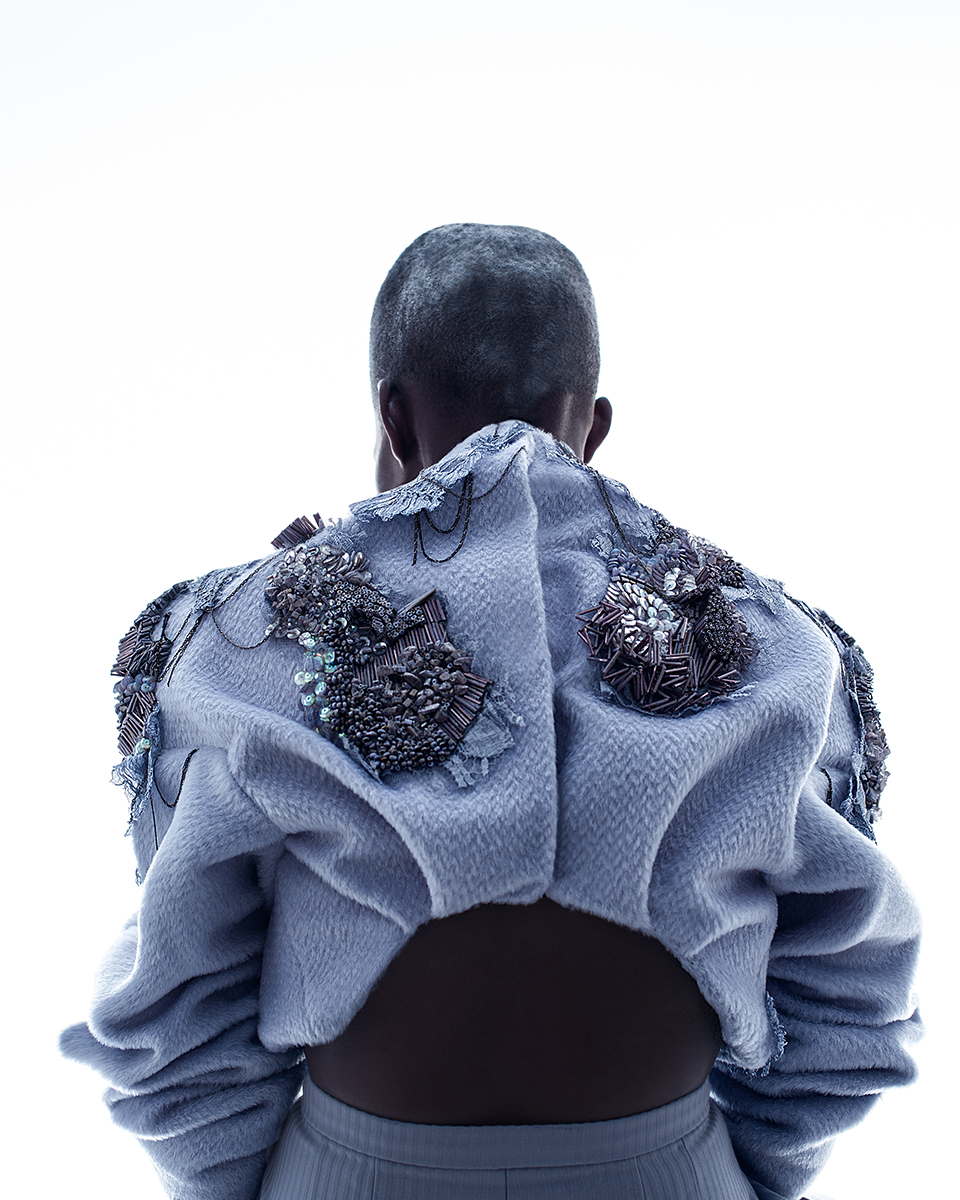
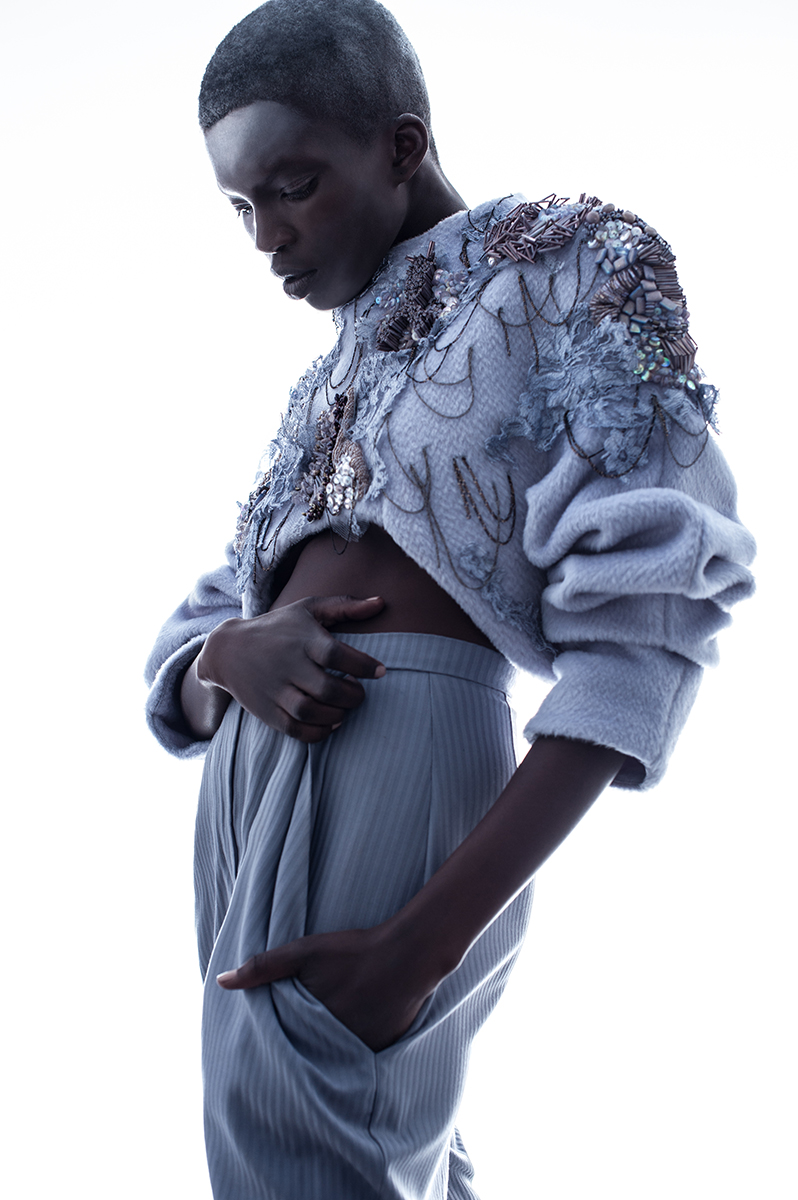

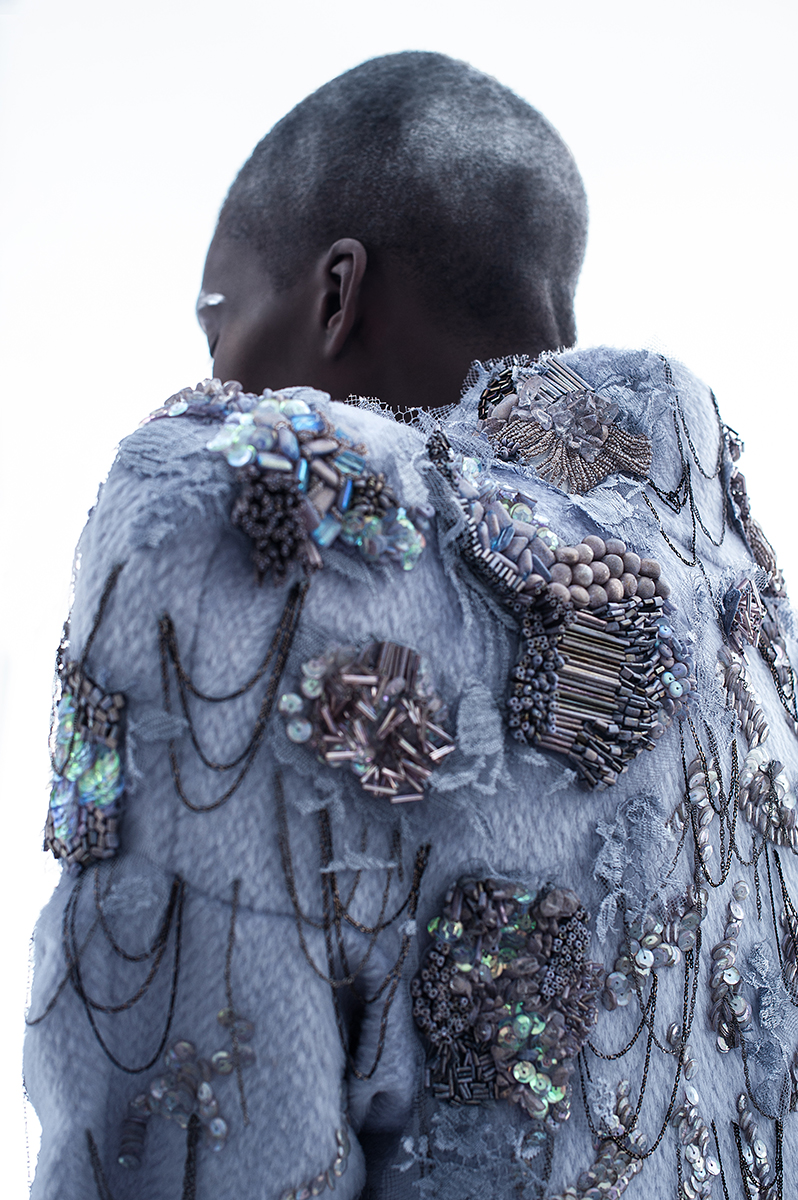


Many of the employees are in positions previously held by their parents and grandparents. To become a skilled lace crafter requires hundreds of hours of training, and Sophie Hallette has become a beacon for the preservation of timeless techniques.
It is a passing of knowledge held by one generation to another that is the true hallmark of Sophie Hallette’s engagement with fashion institutions around the world, including Academy of Art University’s School of Fashion.
Arijana Kajdic, an Academy of Art University alumna, incorporated lace by Sophie Hallette in a Fall 2014 womenswear collection that debuted at the School of Fashion’s runway show at Mercedes-Benz Fashion Week in New York — and essentially launched her design career
As Kajdic was given a full control over the lace she was provided by Sophie Hallette, she learned firsthand how to incorporate the precious fabric into her designs.
We asked her to share the most valuable lessons and advice from her experience working with the coveted lace:
Katarzyna Tarabula: What were some of the key lessons you learned from your collaboration with Sophie Hallette?
Arijana Kajdic: The first snip into an already flawless [Sophie Hallette] lace was thrilling. I had that moment where, when you buy something expensive, cut the tag off and realize: "There is no returning this." I had to own the laces. And I am lucky to have been given such a gift. Sophie Hallette placed no boundaries: I had freedom to dye, tear, attach as I wished, so the process for me felt organic.
My biggest lesson was to quiet the voice that echoes: "Are they going to like this?" because they did their job, and I had to do mine. The lessons are in the process —not the outcome. Some fabrics did not dye as expected, some shrank. Studying the material given to me in order to amplify its beauty was the sweet spot.
KT: To succeed in collaborative projects do you have any advice to share with current and future AAU students?
AK: Consider this your first professional endeavor. It seems simple, but creative [people] are sensitive and often times, intentions become diluted — discuss which person has ownership over what aspect of the project openly. In the industry, you'll have to know when to lead and when to follow. Even if you plan to be an independent designer, try to see outside of yourself; having a successful team requires collaboration.
KT: You worked as an assistant designer trainee at St. John. What was your experience there like?
AK: It was an eye-opening experience. At first, I felt isolated because the industry language caught me off guard, but I sought mentorship and truly feel that it made a profound difference in my work ethic as well as my capabilities as a designer.
I worked very closely with Danielle-ah Nakashima (Designer) and Ivanka Georgieva (Senior Textile & Embellishment Designer). Danielle-ah instilled professionalism in me, with an emphasis on developing a strong editing eye. She really taught me how to locate and make my own tools, and, most importantly how to listen.
Ivanka, on the other hand, nurtured me by showing me how to correct mishaps. Because she oversees every sketch that incorporates her print/development, I was fortunate to have daily critiques on how to strengthen my foundation in aesthetic through color theory, balance and capitalizing on smart design details.
[Note from the author: Both Danielle-ah and Ivanka are also Academy of Art University School of Fashion alumnae]
KT: You are at BCBG Runway today: What a journey! What do you do now? What is your day-to-day like?
AK: I have been in the BCBG Cocktail & Evening dress division for a year now. My job is unique because our team is small. This means I do anything creative from draping on the form, overdyeing fabrics, pitching color ways for dresses on Photoshop, to very technical work like creating line sheets for presentations, creating design cards for every delivery to be sent to production, and working closely with the marker makers to ensure all engineered print and lace placements are placed in a desirable direction. I also take fit notes for my Senior Designer, Rachel Livingston, and BCBG Chief Creative Officer, Lubov Azria, then input them for our pattern makers.
I think everyone at BCBG is a hybrid; we are all very tactile and understand how to source and resolve almost any stage of the garments we are responsible for. This is an invaluable lesson, in my opinion.
KT: Which lesson from an AAU course and/or professor stuck with you the most throughout your design career to date?
AK: Anything that ever came out of Gonbee Tanaka's mouth was dear to me. One time, a checkered pattern on my single welt pocket of a wool coat was off by 1/16" after I had already clipped and finished it, and Gonbee quietly confronted me: "If you are my student, and a self-respecting fashion student, you will take this out and make it right."
The next day, he brought me a tiny pastry for having the patience to follow through, and correct mistakes, for the sake of my pride. I really loved him for this lesson.
Rob Curry. Watch his hands. True grace blended with smart approach. You walk away from Rob feeling inspired, feeling in love with the craft, music, cinema, Sudoku (yes, Sudoku). You become tactile without even realizing [it].
My mentorship with School of Fashion Executive Director Simon Ungless was life- changing because I feel he is the only person that can make me blush with just one look: He sees through me. And still believes in me. He always challenged me; I owe my thick skin and resilience to him. Forever.
Fashion design students at the Academy have the opportunity to emulate Kajdic’s success story, as Sophie Hallette and School of Fashion happily, and productively, remain strong fashion partners.
To help us investigate the origins of this collaboration and interpret the intricate language of lace, we asked some pressing questions of Maud Lescroart, marketing director at Sophie Hallette:
180 Magazine: How did the idea of collaborating with fashion design students emerge at Sophie Hallette? Did fashion schools reach out to you first or was it your initiative?
Maud Lescroart: It was our initiative. We thought: Rather than wait for students to discover the versatility of lace, we would take lace to them.
So we started giving students small quantities of our lace to work with and it was gratifying to see their interest awaken and to see how they used it. We were amazed at how creative and inspired the students could be with our lace — it was far beyond all our expectations.
This led to our getting more and more involved into the education process, so we started holding conferences and workshops where the students had the opportunity to touch the material and discover its richness and variety, and luckily we have always had a very receptive audience.
128 years after its inception, Sophie Hallette continues to employ the traditional lacemaking techniques. Can traditions innovate?
ML: Absolutely, because we innovate all the time. We work on Leavers looms, machines that are completely brilliant. They may originate from the 19th century, but give huge opportunities for innovation. We have never stopped exploring their capacities and finding new ways of working with them even if the heart of the Leavers loom will never change.
And they are incredibly versatile as we are constantly looking at ways we can innovate the production processes with unusual types of yarns such as wool, linen or cords. We are also very much into innovation on the actual lace and tulle themselves…. so we have been able to develop laces with silicon, or bonded with neoprene for example.
It is an ongoing process — seeking and searching new ways to use the looms — and this is what makes our industry so interesting, alive and contemporary.
Is it difficult to maintain your Leavers looms? How do you find qualified technicians? Do you anticipate introducing modern technology in the future, e.g. 3D printed lace?
ML: Yes, Leavers looms are hard to maintain especially because they are not produced anymore, so there are no manufacturer guarantees or maintenance contracts — so we need to make them last!
This means that our maintenance team does every repair, and any alterations in-house.
The great secret is that we are a family business (owners and artisans). Most of the people who work at Sophie Hallette have lace running in their blood, plus they are likely to have a cousin, wife, brother, or sister who also works in the company and this helps us to find new recruits to the culture of lace. It also helps that, since 1887, we have been in the same little city in the North of France: Caudry.
We are not concerned about the 3D printers, as this is something completely different. The beauty of our lace lies in the imperceptible flaws that lie in its weaving. It is the soul of our lace, only a human hand can produce this emotion.
Do you consider fast fashion a potential business threat to Sophie Hallette?
Fast fashion is another world. We address luxury for a niche market. The pieces made with our laces are exceptional pieces, the philosophy behind them is totally different, and so is the customer who will buy those pieces. This is the reason why fast fashion is not a real threat to us.
How do you remain timeless in your brand’s quality appeal while at the same time remaining cutting-edge?
ML: Innovation and creativity is a daily concern. It is one of the most important parts of our strategy, maybe especially because we are a traditional company.
Each season we produce about 40 to 50 new designs and we are constantly pushing ourselves to produce avant-garde laces, which we hope will be on the catwalks the year after.
I think the whole magic of our industry lies in the contradiction that a 128-year-old company can address the needs of most modern and avant-garde fashion houses. This is a challenge we love!
Does Sophie Hallette plan on continuing its tradition of being a privately held company? If so, why?
That is the plan at the moment. We will never say never, but for the moment we stay a family-owned company because we are still having fun carrying on the work started by Eugene Hallette all those years ago.
In 2011, The Duchess of Cambridge was married in a dress designed by Sarah Burton, which heavily incorporated Sophie Hallette lace. How did this impact the company?
It was a complete shock and a joy at the same time. We work with all the top couturiers and designers so we are used to them buying lengths of our lace all the time and thought nothing of it when the House of McQueen requested that lace. We were delighted, of course, because that particular design is part of our heritage collection and had only recently been re-introduced since being archived in 1977.
Like everyone in the world, we were all watching the Royal Wedding and when we recognized the lace pattern, a great cheer went up and everyone, from the lace makers to the packing department, celebrated. It was a wonderful moment and a great pride for everyone in the company.
Is there a market (or industry) which you wish to see Sophie Hallette’s lace entering in the near future?
Lace is incredibly versatile — so the world is our oyster — but I would love to see lace in objects or interior design for instance. We are very open to any experiments and we love innovation.
We couldn’t agree more. Artisans will always be in vogue.
Model: Achok Majak, Scout Model Management. Makeup and hairstyling by Preston Nesbit, Aubri Balk Management.
